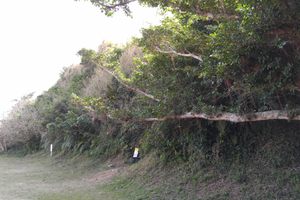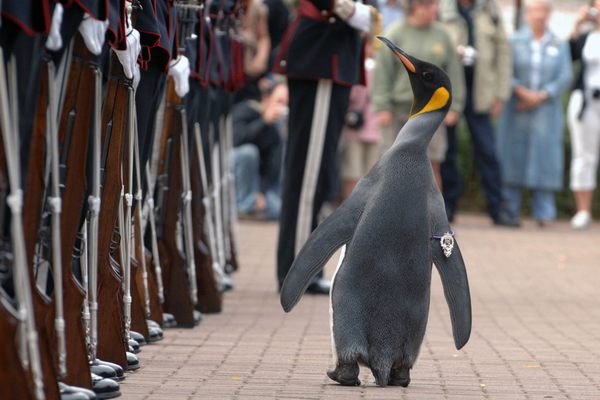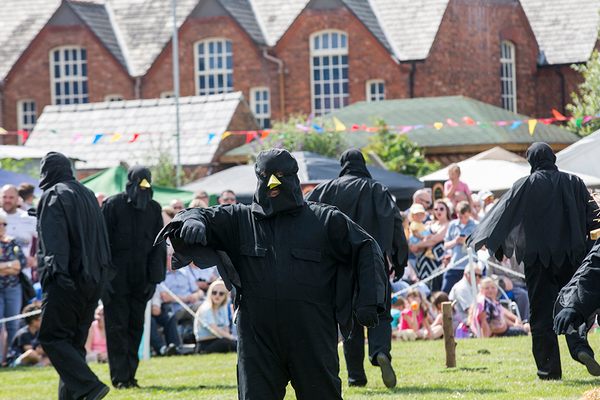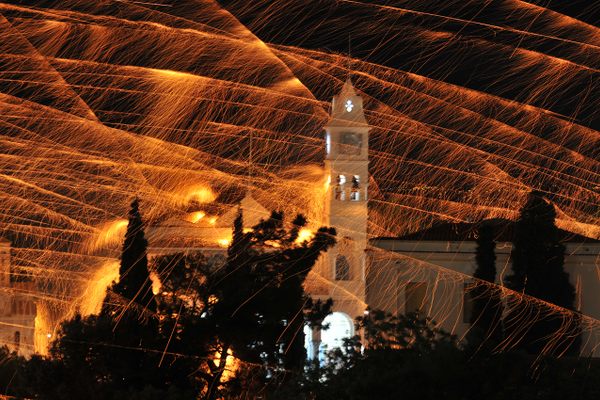About
There is no matador in an Okinawan bullfight, or "tougyu." The athletes are the bulls themselves and spectators are there to cheer for them.
Two bulls, each one weighing as much as a car lock horns and, encouraged by the shouts of their handlers and the cheers of the spectators, push and strain mightily until one either turns away or is pushed out of the ring. Neither bull is normally injured, and handlers try to end the match if it seems that one of the bulls is in danger of being seriously injured. That said, it is not uncommon for bulls to cut each other with their horns, so it is by no means a sport without violence. It is said as bulls become higher ranked and accustomed to fighting, they are eager to get to the ring and will begin the match of their own accord.
During the fight, the bulls handlers who have generally raised them from a calf, stand beside the bulls (often in bare feet) and scream, stamp their feet and slap the bulls bottoms to give encouragement. The handlers expend a tremendous amount of energy doing this, and as matches can last half an hour, are sometimes spelled by an assistant who continues yelling and stamping in their place.
The fighting ring itself is a circular area with a mixture of sand and clay, about 18 meters in diameter, Known as Ushioorashe, thousands of people come these arenas to watch the bulls do battle. A group of judges sit above the arena, and when necessary make a call about the winner in a given fight. In normal circumstances the bull which turns away first is the loser, however, on occasion a bull will turn away, get a running start and come back at its opponent to win the match.
Once a bull has won the match, like any athlete, he is celebrated. Colored ribbons are tied to the winners horns, he is draped in a colorful cape, and given a once around the ring parade while onlookers cheer and take pictures. The highest ranked bulls weigh in at over a ton and grand champion bulls are called "yokozuna," as are sumo champions.
Matches are held in a dozen rings on the 65 mile long island throughout the year, and spectators bet on their favorites. A recommended ring is the Okinawa City bull ring.
Related Tags
Hidden Japan: Sado Island, Nara & Kyoto
Explore a different side of Japan.
Book NowCommunity Contributors
Published
March 30, 2010






























